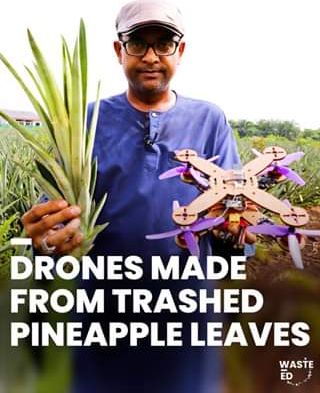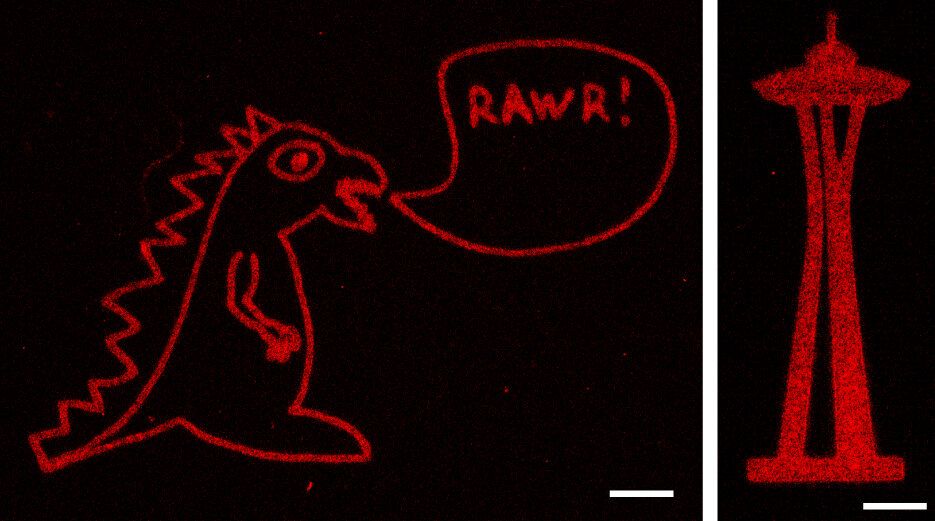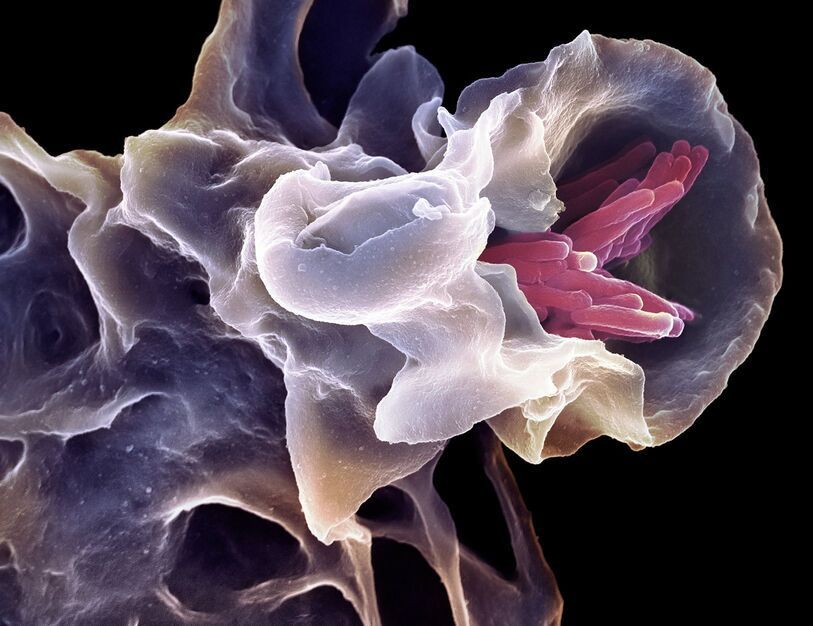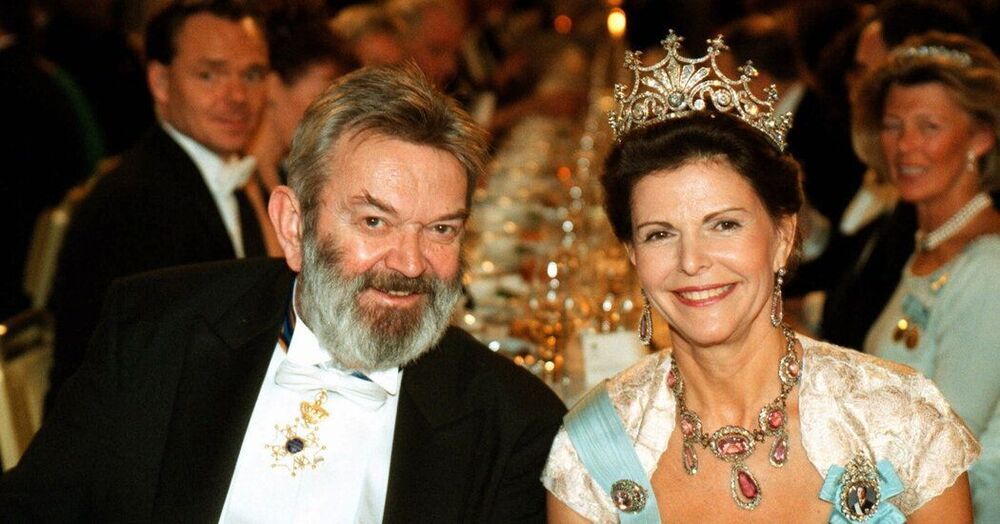Jan 19, 2021
Better Diet and Glucose Uptake in the Brain Lead to Longer Life
Posted by Genevieve Klien in categories: genetics, life extension, neuroscience
Summary: Better glucose uptake compensates for age-related motor deterioration and extends lifespan in fruitflies.
Source: Tokyo Metropolitan University.
Researchers from Tokyo Metropolitan University have discovered that fruit flies with genetic modifications to enhance glucose uptake have significantly longer lifespans.
















